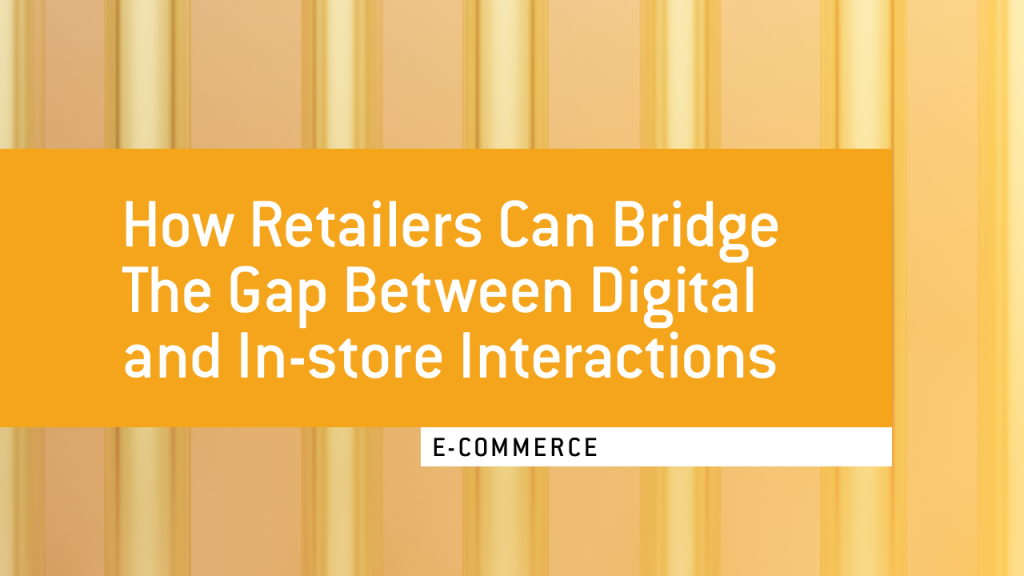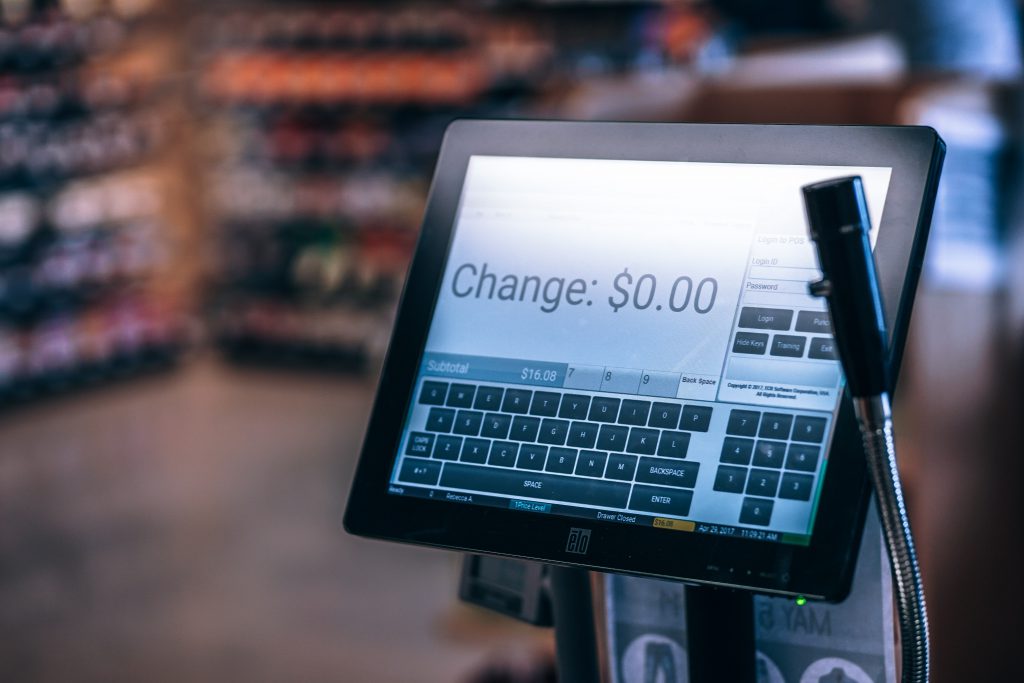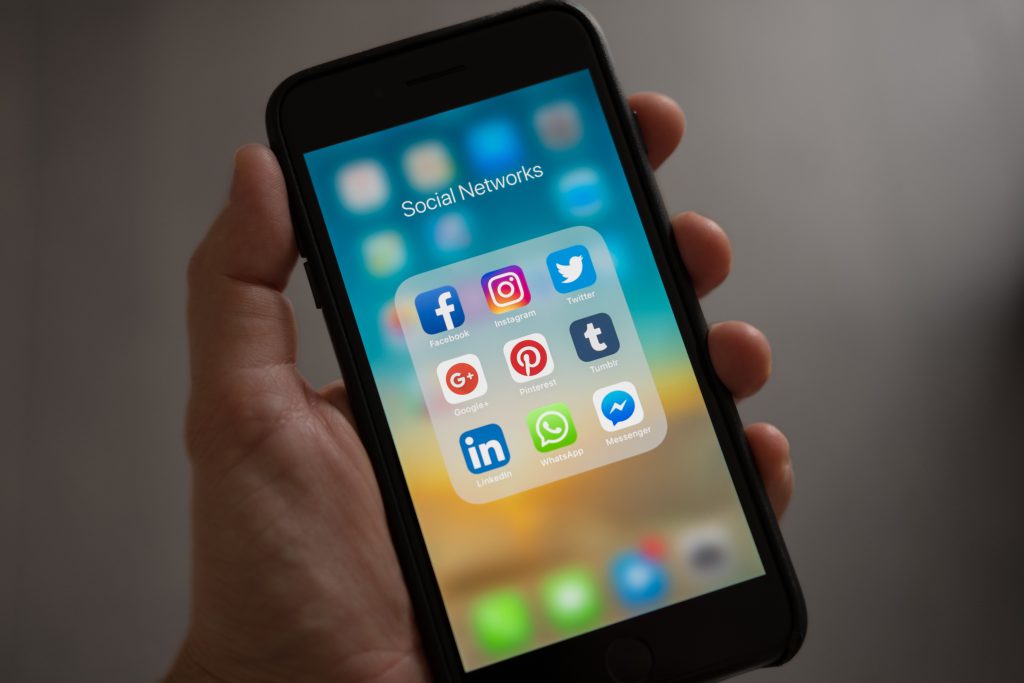For shoppers, the line between online and offline experiences has become increasingly blurred. As more retailers implement new technology and practices that help to bridge the two, they set new standards in their wake. Consumers have begun to expect that their online interactions with brands will translate to their in-store experiences.
Future success in the retail industry relies on companies’ ability to bring the two closer together. As you look at different ways to attract shoppers, take these tips into consideration:
Bring Your In-Store Experience to Online Channels
Your long-term customers love your brand for what it is. If you’ve been a retail-first company for some time, they will appreciate any USPs that are apparent in physical shopping locations. They already relate to—and engage with—your brand.
When companies look to improve their omnichannel offerings, far too many focus on bringing digital experiences to their physical stores. Replicating your in-store experience in the digital world is more straightforward: the messaging and branding is already in place. Plus, translating the experience requires little to no new technology.
In-Store Devices Can Make a World of Difference
Sometimes, all you need to bridge the gap is an internet-connected device. Having a TV screen or wall-mounted tablets for shoppers to use can work wonders. They can access reviews, articles, and information on your website to help make a buying decision. Besides, it costs far less to add wall-mounted screens throughout a store than, say, overhauling your broader strategies.
Offer Incentives to Encourage Interactions
Retailers with omnichannel policies should get in-store customers to interact with them digitally (and vice versa). If you want them to embrace the other side, they need a reason to do so. Advertising an exclusive in-store special or offering freebies for social-media follows can be great examples. But be warned. Such strategies only work when the deals are enticing enough to warrant the action.
Use Social Media to Get Involved Locally
Sometimes, waiting for your customers to interact through both digital and physical channels isn’t enough. You have to lead by example. Try using social media to create connections with other businesses and events in your area. It will help you to create a dialog, and get your brand in front of new audiences. Don’t be afraid to get behind causes and inject real personality into your online brand. Shoppers connect with brands that come across as more genuine (i.e. real, live people behind the social media accounts).
Be Consistent
Half the battle is showing up. There will never be a singular solution that ends your problems and instantly connects your brand’s real-world and digital channels. Over time, a variety of tactics will help you inch closer to your goal.
Some strategies will have a big impact. Others will fall flat. The key to success is consistency across your platforms. Everything that your brand does communicates something to the customer. When you make bridging digital and in-store experiences a priority, your customers will begin to see it as one as well. Give them clear messages through consistent action and they will follow suit.
Creative Ideas Bridge Digital and In-Store Experiences
Spend five minutes walking around any big box retailer today. You’ll likely spot several different strategies used to boost their omnichannel experience for customers. In the end, finding creative ways to get customers out of their comfort zone (and interacting with you through different channels) will help you improve. The more you connect your physical store with the digital world, the deeper the connections with your audience.






